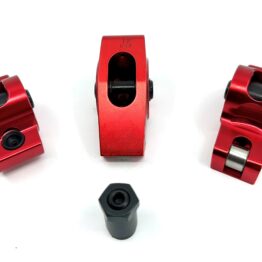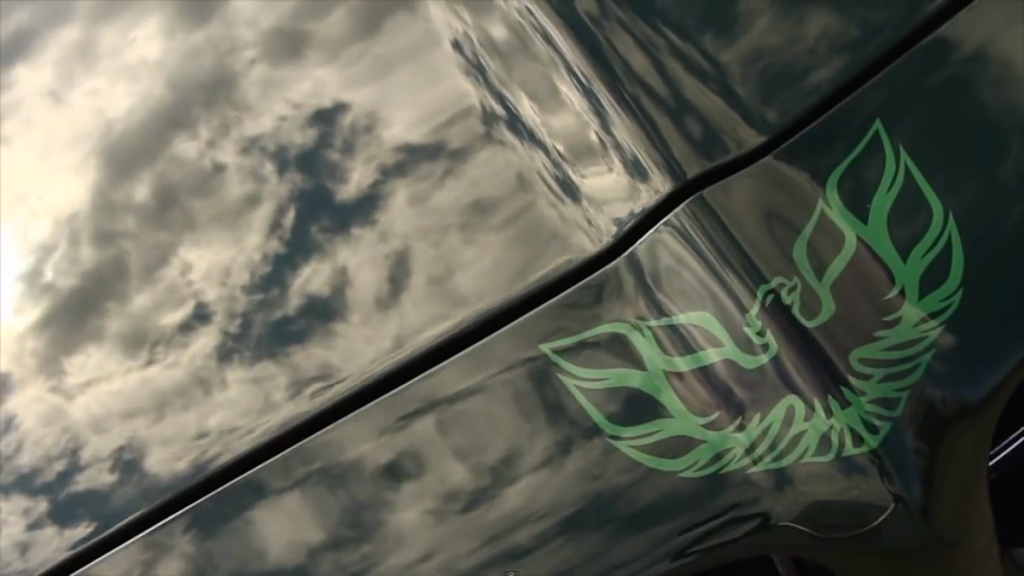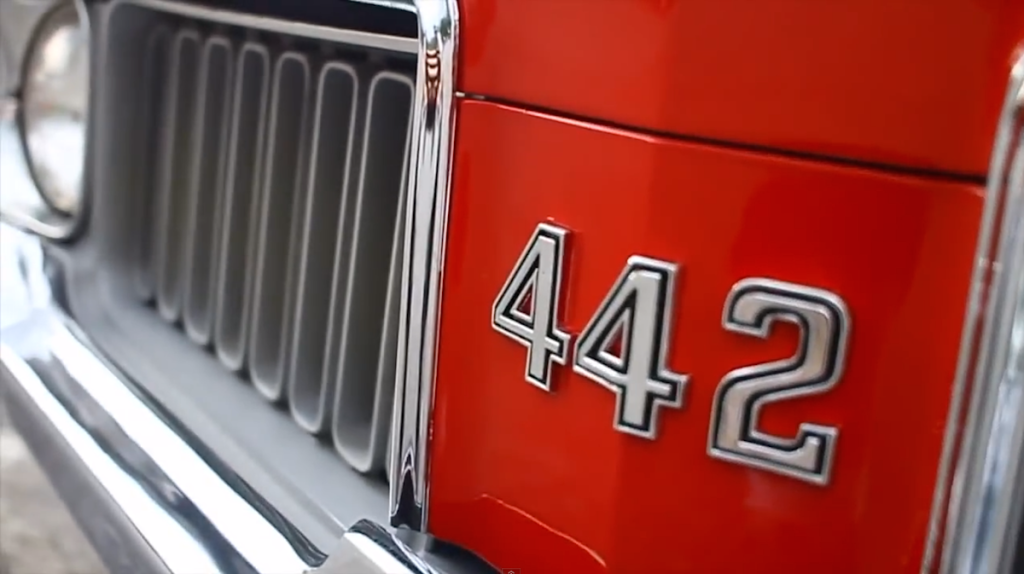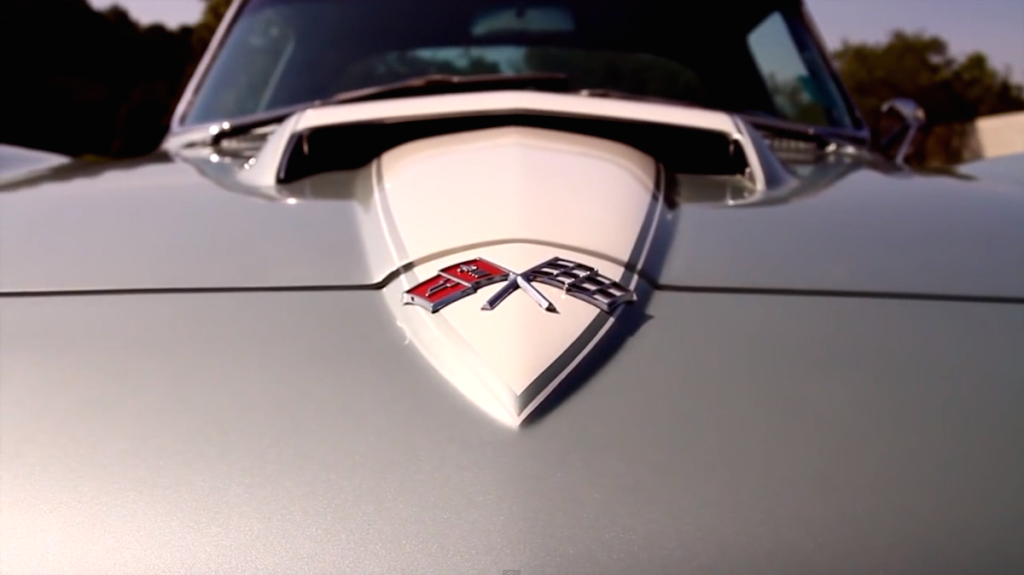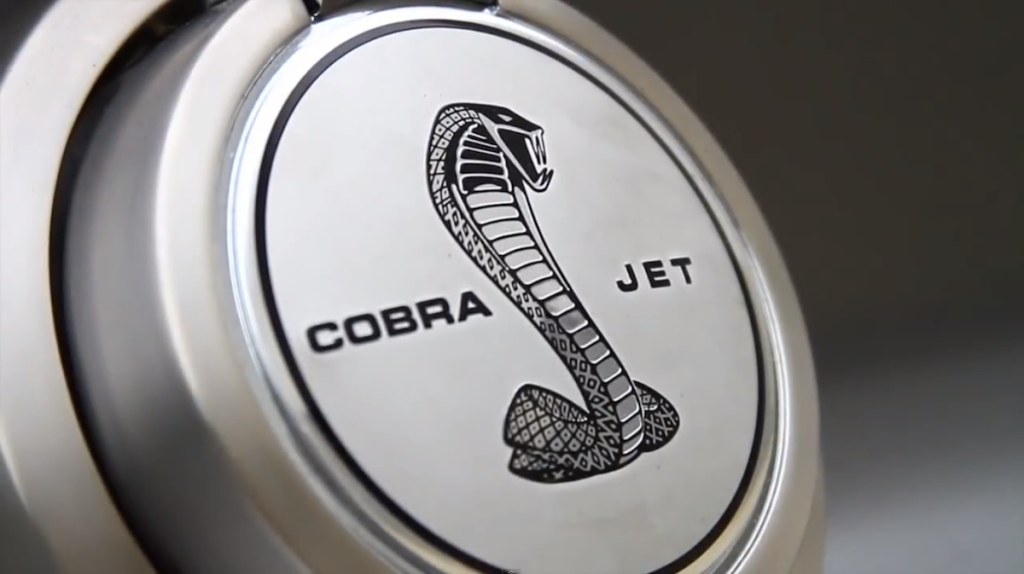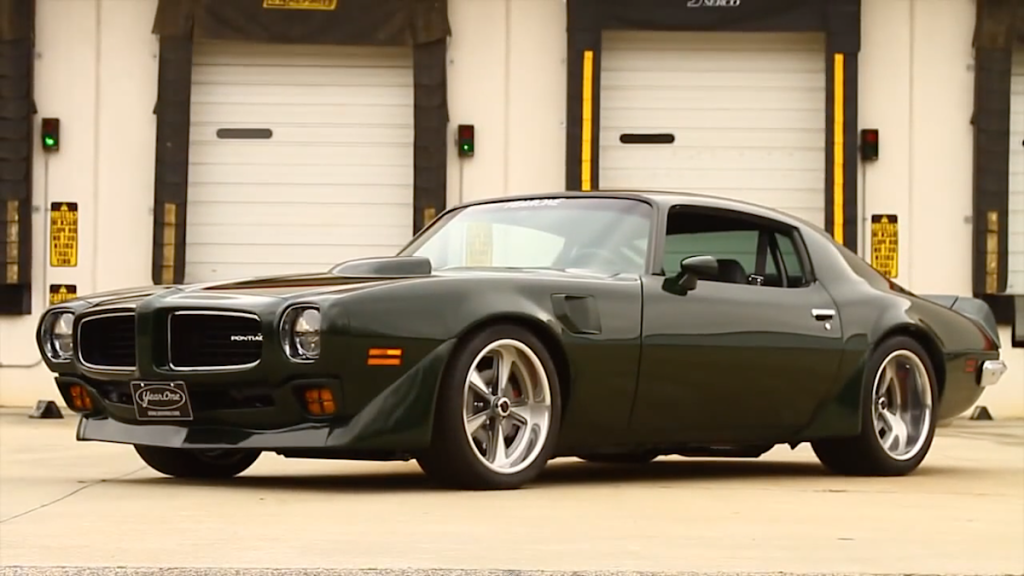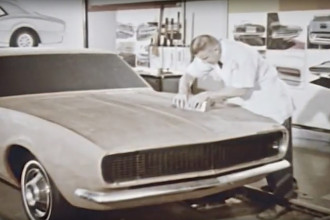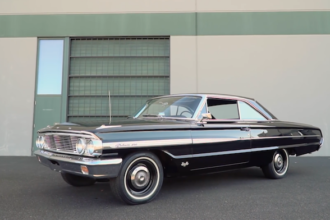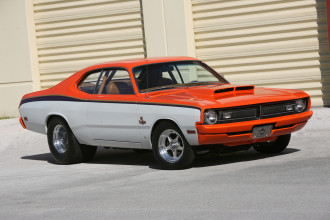https://www.youtube.com/watch?v=793gifBSFeo
If you’re reading this article, then there’s a pretty good chance that you’re a musclecar fan, if not a musclecar owner. You probably love the way your car looks, drives, sounds and naturally, the way it performs. Sure, we can always use more power, but that’s besides the point. There’s just a certain mystique, or persona, about them that makes you fall in love every time you slide behind the wheel or even look at one.
However, with so many more high-tech, efficient and much more powerful offerings from today’s muscle- and pony cars coming out of Detroit, why has these classics from the ’60s and ’70s endured for so long? We were on Facebook today, when we ran across a post by our friend Kevin King of YearOne, who posted this throwback video from last year that asks the very question.
Within the video, YearOne’s Keith Maney starts off by asking, “What is it about the American musclecar that’s made it such an enduring proposition? In other words, the cars are 40-50 years old now and you still sees them everywhere; car shows, movies, television… they’re wildly popular.”
Digging further, he shares that they vary in personality, style, performance and that their large presence adds to the appeal. He also points out that thanks to the modern aftermarket, there’s no limit to what you can do in terms of personalization, customization and levels of power and speed. You can taylor them to fit your own style, and your personal requirements.
While modern cars offer plenty of efficiency, they all look mostly the same as a result of modern crash safety standards, fuel economy and tastes. Classic musclecars, on the other hand, were built at a time when style was king and most people chose vehicles for their presence and how they made them feel, not by their level of eco-friendliness. Times may change, but as Keith mentions, the musclecar endures…

Rick Seitz is the owner and founder of AutoCentric Media, the parent company to Timeless Muscle Magazine, and has a true love and passion for all vehicles. When he isn’t tuning, testing, or competing with the magazine’s current crop of project vehicles, he’s busy tinkering and planning the next round modifications for his own cars.






